First steps for new projects
- How to define the boundaries of your study area
- Deciding what you want to know about the waders in your study area
- Choosing a monitoring method
- Liaising with landowners and managers
You can view the information on this page in our downloadable resource – Local Wader Monitoring: Decision-making guidance.
Define the boundaries of your study area
When setting up a new project, you should first clearly define the boundaries of your study area (the extent of the area you are interested in).
This can be any size, from a single field to an entire region. Many study areas will be in between these two extremes and might comprise a farm, a nature reserve or a shooting estate.
Your study area will generally be the area for which you are most interested in finding out about waders, but you should also consider the scale that is best suited to the species of interest. Some waders, such as Curlew, can move large distances when breeding, so the size of your study area may determine not only how many pairs you monitor, but what proportion of their breeding activity takes place in your study area.
What do you want to know about the waders in your study area?
The next step is to ask yourself exactly what it is you wish to know about the waders that breed in your study area. Questions you may be interested in answering include:
- How many wader pairs are attempting to breed within my study area?
- What is the breeding success (the proportion of pairs that successfully raise young) of these pairs?
- What are the most important causes of breeding failure within my study area?
- How do numbers, breeding success and causes of failure change over time?
Choose a monitoring method
When it comes to choosing between different monitoring methods there is often no right or wrong answer, but some methods will be better suited than others to getting you the information you need. Most projects will end up using a combination of surveys and nest monitoring.
Our supported methods page gives an overview of some breeding wader monitoring methods that will be relevant for many projects, an outline of each method and an explanation of what situations it can be used in. Using any of these methods means that the data you gather can be readily compared to and combined with data from other projects from around the UK, maximising our potential to learn from every piece of information collected.
Surveys
The most straightforward way to estimate the number of breeding pairs and provide an indication of their breeding success is to carry out surveys. Surveys can be undertaken yearly, or intermittently between years, to provide a relatively standardised measurement of how breeding populations (relative abundance) and breeding success (relative productivity) change over time.
Surveys supported by the Wader Hub include censuses, transects and the Wader Calendar.
When choosing a survey method you should consider the questions you want to answer, the size of your study area, and the number of fieldworkers available and their availability and experience.
Once you have pinned down where individual pairs are nesting on early survey visits, it can be tempting to just return to those sites. However, breeding attempts can be missed on early visits, and waders can move around within the breeding season, so it is best to cover your monitoring site(s) in full on each visit. Nevertheless, in practice, individuals and groups often prioritise monitoring site(s) where waders have been found.
If you visited some monitoring sites early in the season and established that waders were not present, but did not visit these sites subsequently, these data are still valuable. Reports of absences can be just as valuable as records of breeding pairs. Record and report the findings of all the surveys you carry out.
- The downloadable Wader Survey Guide provides a basic description of how to undertake wader surveys, or you can visit our dedicated survey methods page for more information.
Nest monitoring
If you wish to collect more detailed information about nest survival, nest outcomes, and causes of nest failure, you may choose to find and monitor individual pairs and nests.
- The downloadable Wader Nest Monitoring Guidance provides a basic overview, or you can visit our dedicated nest monitoring page for more information.
Reporting incidental sightings
You can also provide useful information about one-off sightings of waders. Learn how to submit incidental records.
Liaise with landowners and managers
It is good practice to liaise with the landowners and managers in your study area to arrange monitoring visits. This is especially important in England, or wherever permission is needed to access land within your study area.
However, it should be done wherever contact with landowners and managers can be established. Not only will it help to foster and maintain good relations with them, but it will also give them the opportunity to inform you and other fieldworkers about any risks you might encounter on their land, and how best to avoid or minimise these.
- Please follow the Countryside Code and our Health & Safety guidance when undertaking any wader monitoring.
You could also ask if landowners and managers would be interested in helping with monitoring. Some may be willing and able to join in with your surveys; others may be better placed to help by keeping an eye out for waders and their nests and passing on this information to you, by carrying out Wader Calendar surveys in areas they spend a lot of time in, or by doing Breeding Wader Transect surveys along regularly walked (or driven) routes.
Contact the Wader Hub
Get in touch
We can offer advice about any of the Hub’s supported methods, and about wader monitoring more widely.
- waders [at] bto.org
Guides and resources
All our bespoke Wader Hub resources, from support for new projects to detailed information about survey techniques.
Send us your feedback
We want the Wader Hub to be as valuable as possible for everyone involved in wader conservation. Send us your feedback:

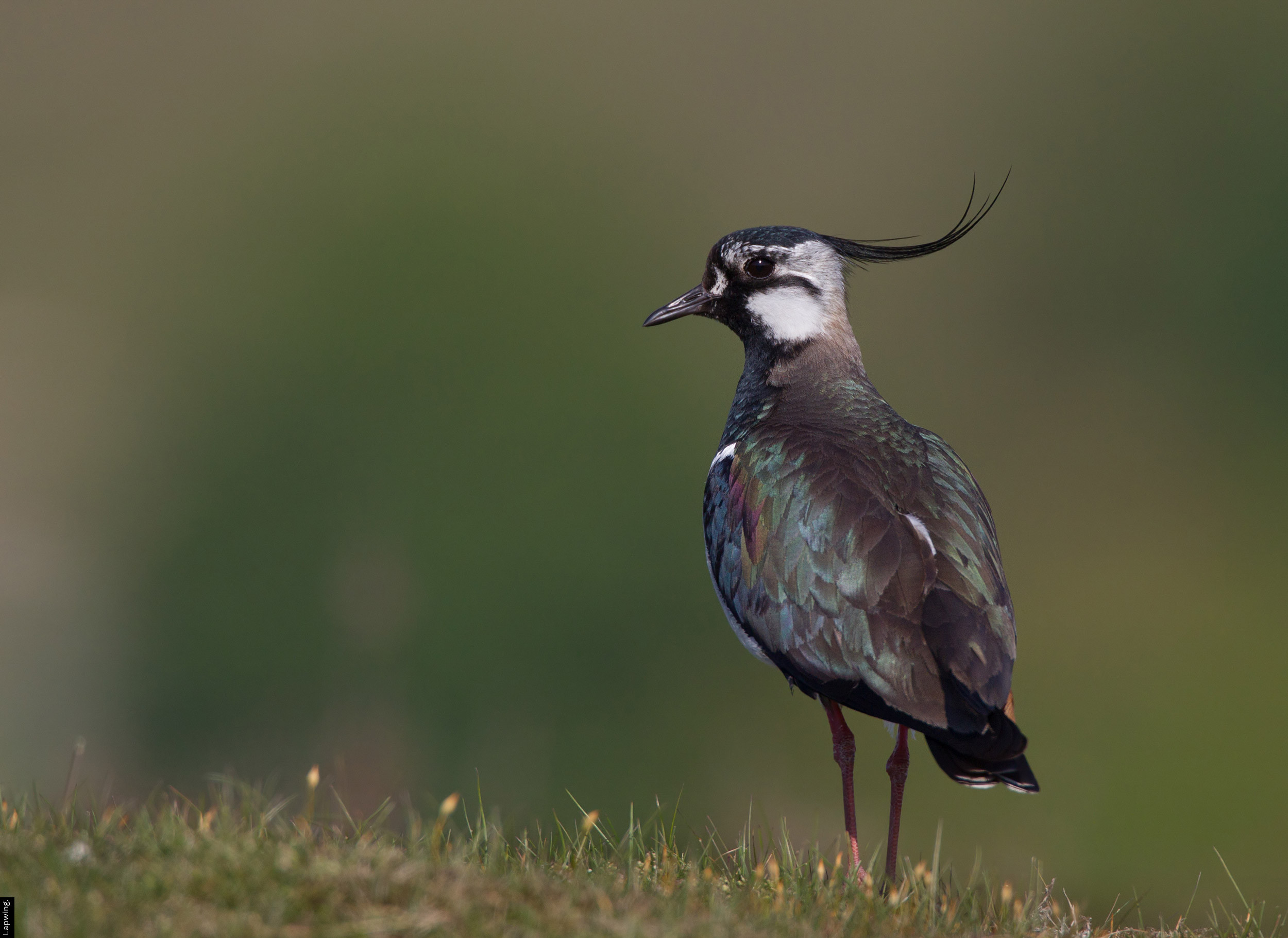
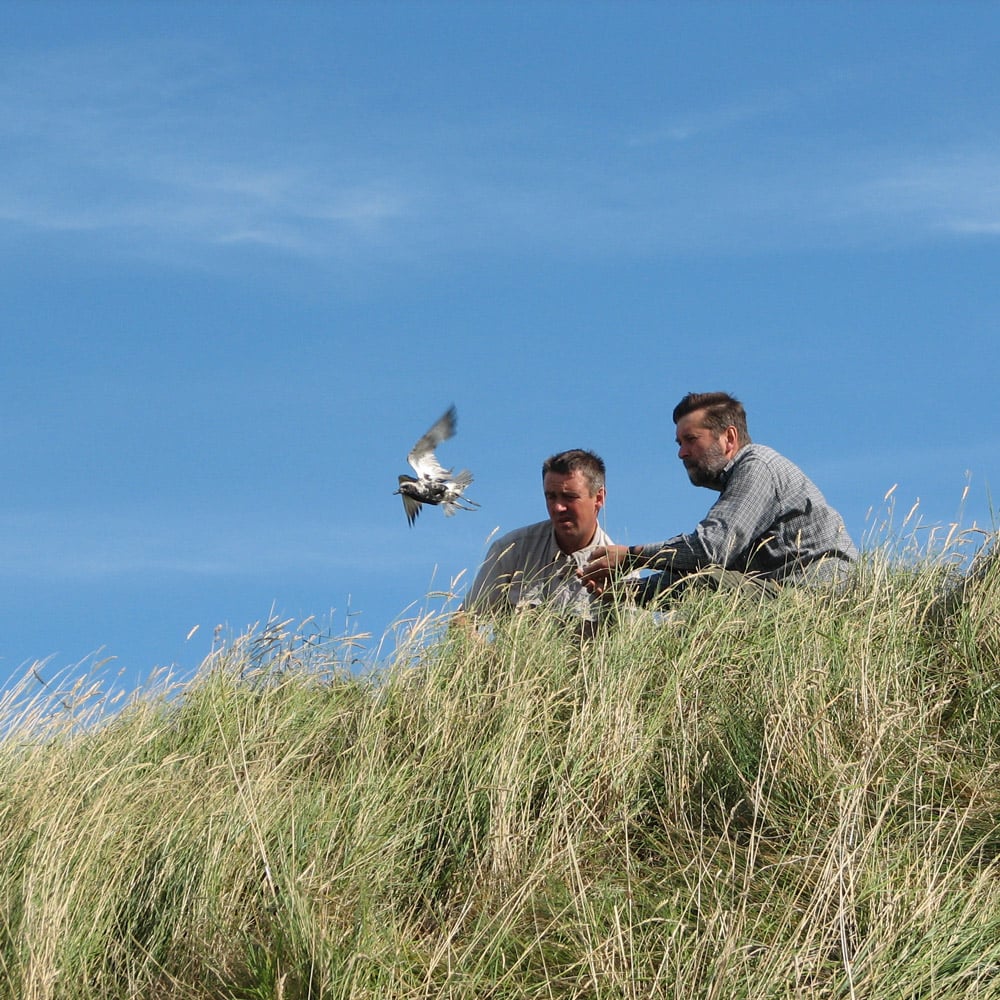
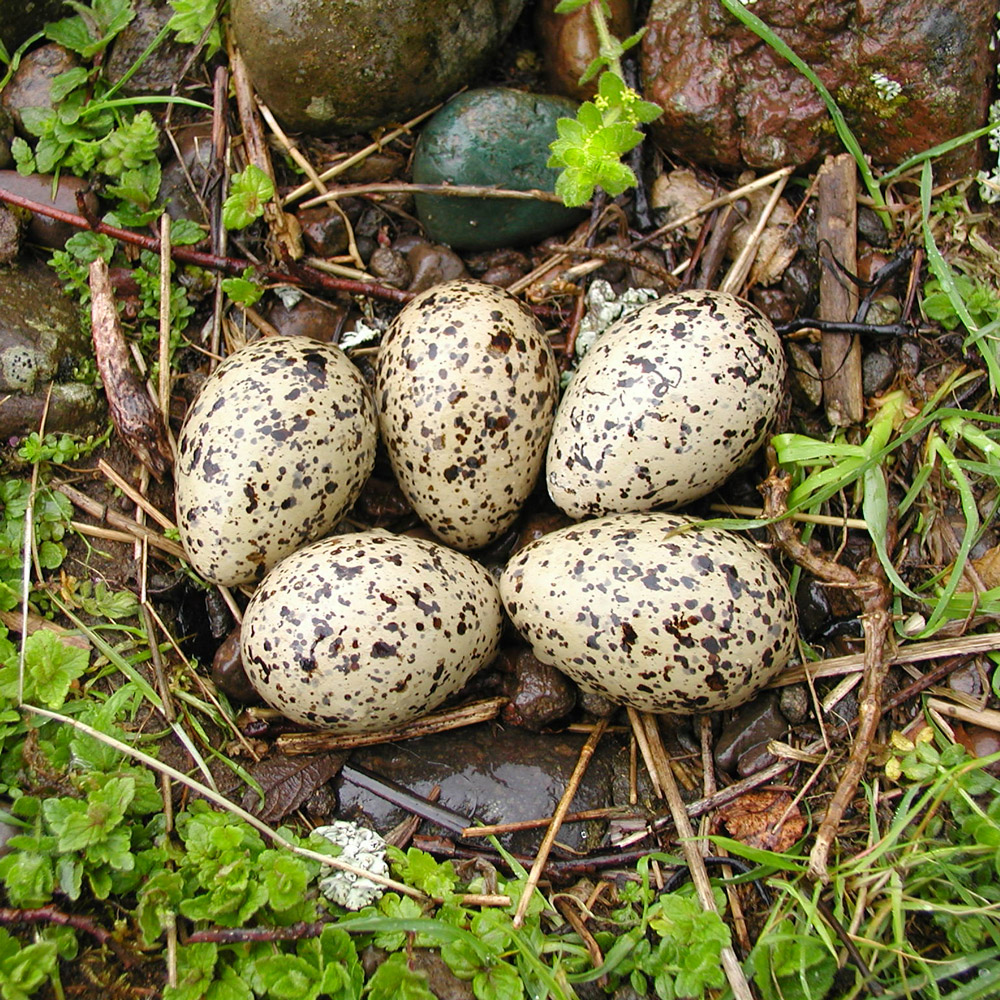
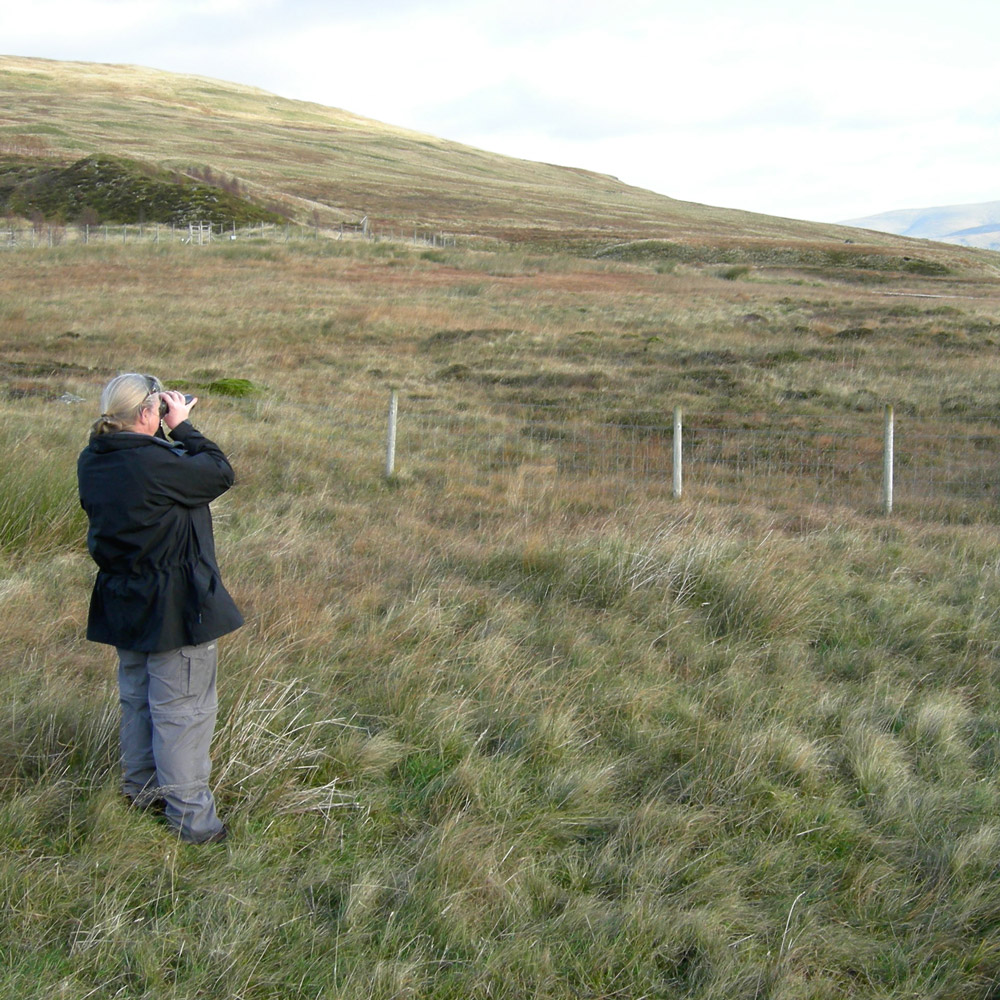

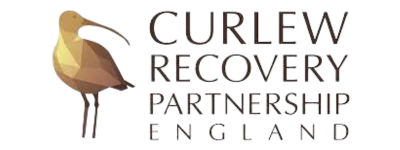
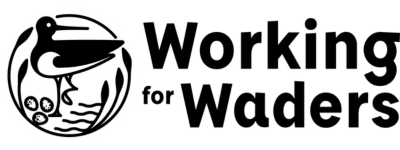





Share this page